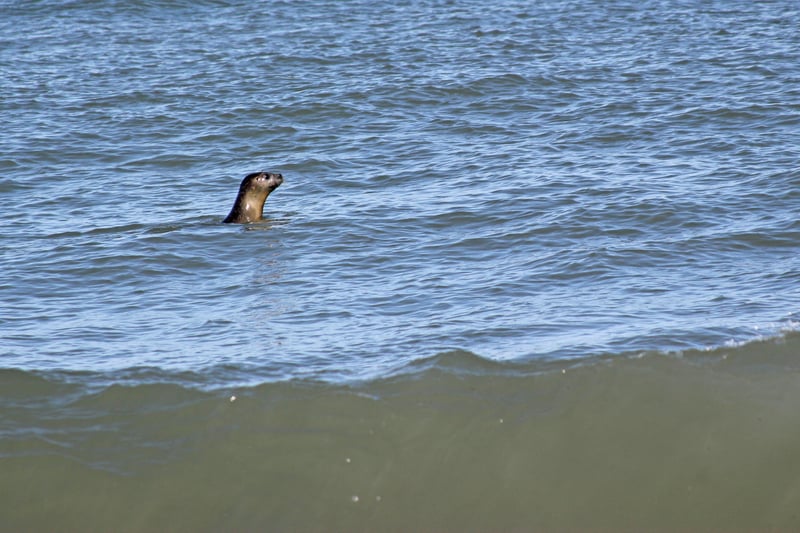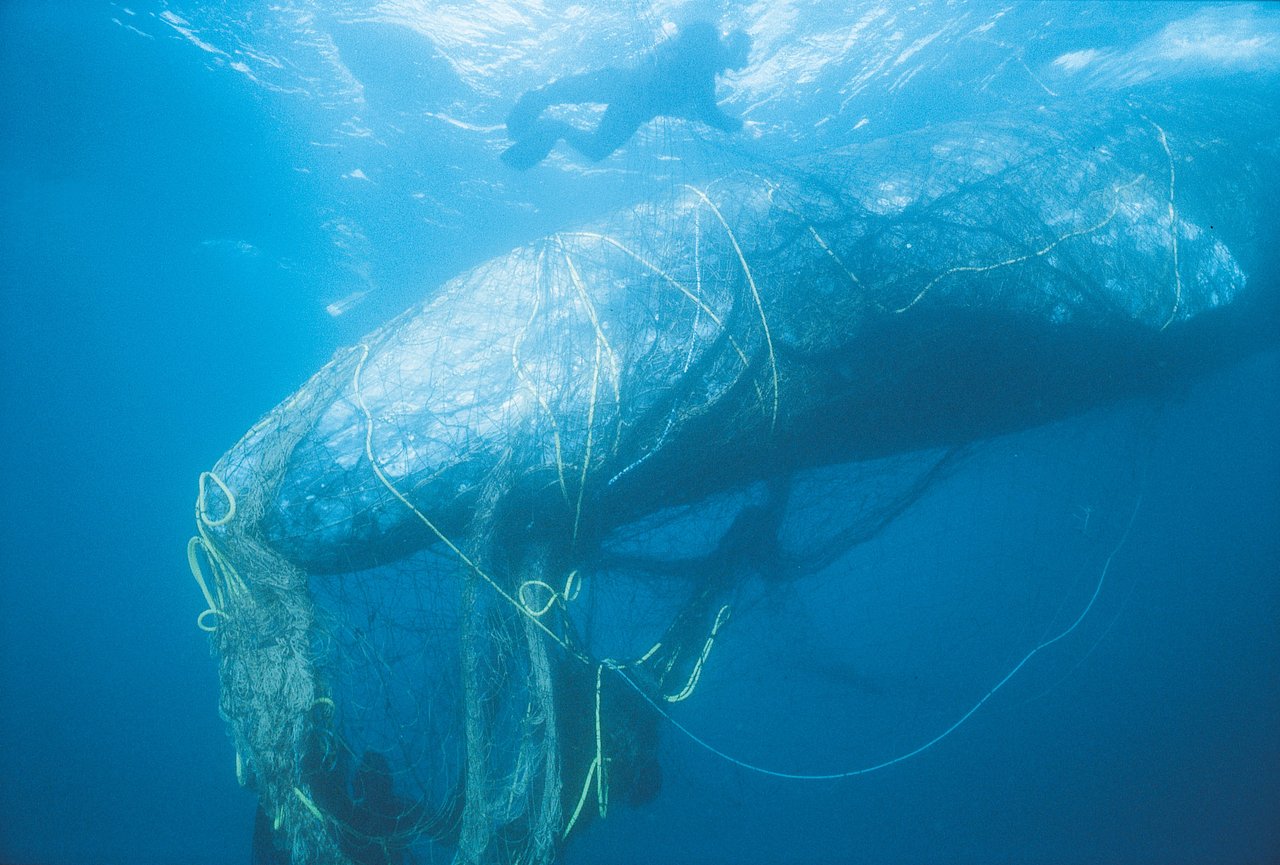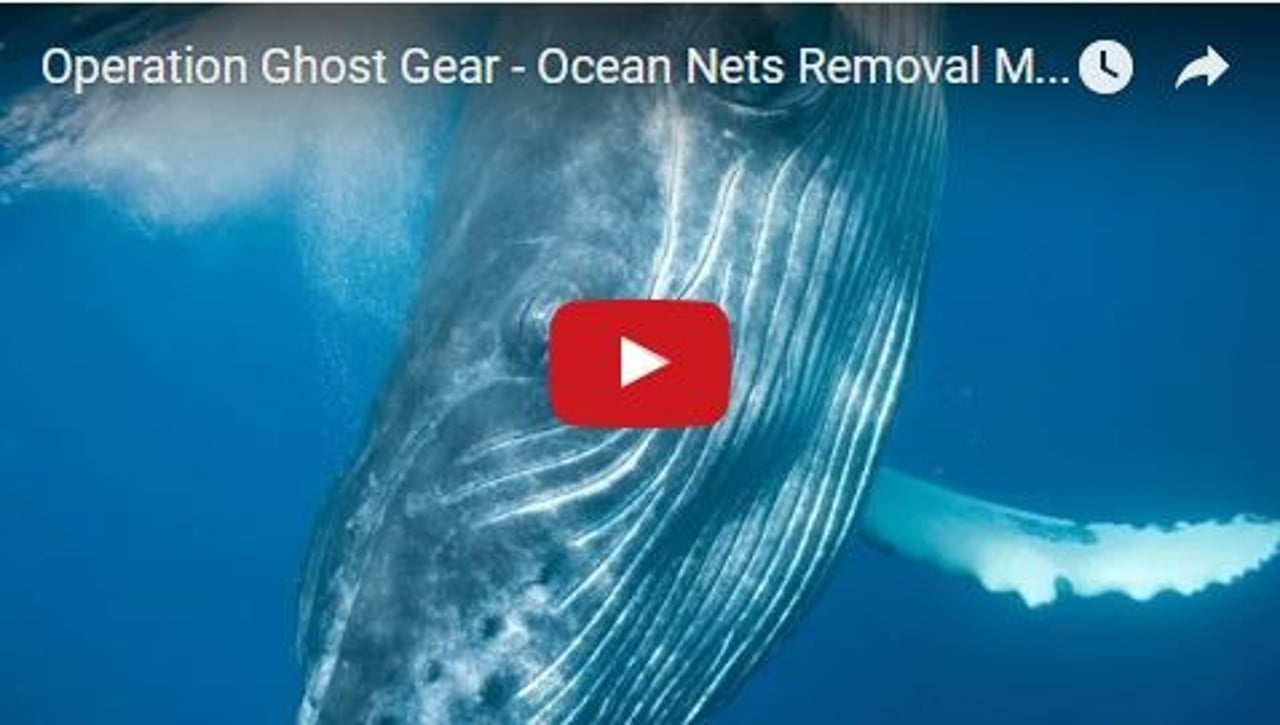
Protecting our oceans: How Trudeau can restore Canada’s reputation
News
We’re counting on Canada’s support at a global meeting next month to start the marking of fishing gear.
World Oceans Day is a time for citizens and governments to reflect on the vital role oceans play in sustaining life on the planet, both human and non-human. It’s also a time to consider how we can better protect our oceans for the future.
Since taking office, the Liberal government has committed to a number of environmental initiatives the previous government did not prioritize. Among them is recognizing the importance of preserving oceans through promises to “ensure the health of our fish stocks,” “monitor contaminants and pollution in our oceans,” and “incorporate modern safeguards to protect our oceans and freshwater fish habitat.”
These promises couldn’t have come too soon, as oceans right now are under siege by a number of threats, many of them global in nature. Many of us have heard about the great Pacific garbage patch and the growing menace of marine debris and ocean pollution. An important source of this pollution is abandoned, lost, and discarded fishing gear—also called ALDFG and ghost gear. The United Nations Environment Programme and the UN Food and Agriculture Organization estimate that ghost gear makes up about 10 per cent of all marine litter, and that 640,000 tonnes of this gear ends up in our oceans each year.
Rescuers untangle a gray whale from ghost net off the coast of California
This January, a threat assessment by the Commonwealth Scientific and Industrial Research Organisation and Ocean Conservancy on the impact of marine debris on marine wildlife was published in the journal Marine Policy and confirmed that fishing gear is “the highest threat” of entanglement of all marine debris jeopardizing whales and other animals. Ghost gear also costs governments and marine industries millions of dollars annually in clean-up, lost fishing time, and by compromising yields and income in fisheries.
For fish stocks that are already low or on the brink of collapse, the impact is significant. A 2010 SeaDoc Society cost-benefit analysis, for example, found a single ghost net can kill almost US$20,000 worth of Dungeness crab over 10 years.
The adverse impacts are exacerbated by the fact that most gear is made up of non-biodegradable, durable plastic that persists in the environment, some of it for as long as 600 years, wreaking havoc on the marine environment, the animals who live in it, and the humans who depend on it.
Ghost gear is a global problem. Lobster pot tags from Newfoundland have washed up in Scotland. Nets from Asia turn up on beaches in Hawaii.
World Animal Protection’s Sea Change campaign is tackling ghost gear head-on and is addressing this trans-boundary problem, bringing stakeholders together through theGlobal Ghost Gear Initiative and working through international initiatives that can help to address this issue globally.
And while it is essential that each country develop its own mitigation approach, it is equally urgent that an international solution is developed, with all nations working together from the same set of standards. The international problem and solution of ghost gear will be on the table at the 2016 meeting of the Committee on Fisheries (COFI), a subsidiary body of the FAO Council, this July. World Animal Protection intends to elevate the issue so that the mandate is set for member states, including Canada, to take concrete actions to tackle this problem.
But we cannot do that alone. The Canadian government and all COFI member states must support the proposal that will be put forward this year to help make the marking of fishing gear a reality.
The marking of fishing gear has the potential to be a game-changer in helping to address ghost gear, potentially enabling the prevention of gear loss and recovered gear to be returned to its source. Moreover, gear marking will allow for effective action in tackling illegal, unreported, and unregulated fishing, another key threat to sustainable fisheries. Supporting the gear-marking initiative at COFI will contribute to the Canadian government’s goal of reducing threats and increasing protections for our oceans.
Find out more about our Sea Change campaign.
The adverse impacts are exacerbated by the fact that most gear is made up of non-biodegradable, durable plastic that persists in the environment, some of it for as long as 600 years, wreaking havoc on the marine environment, the animals who live in it, and the humans who depend on it.

